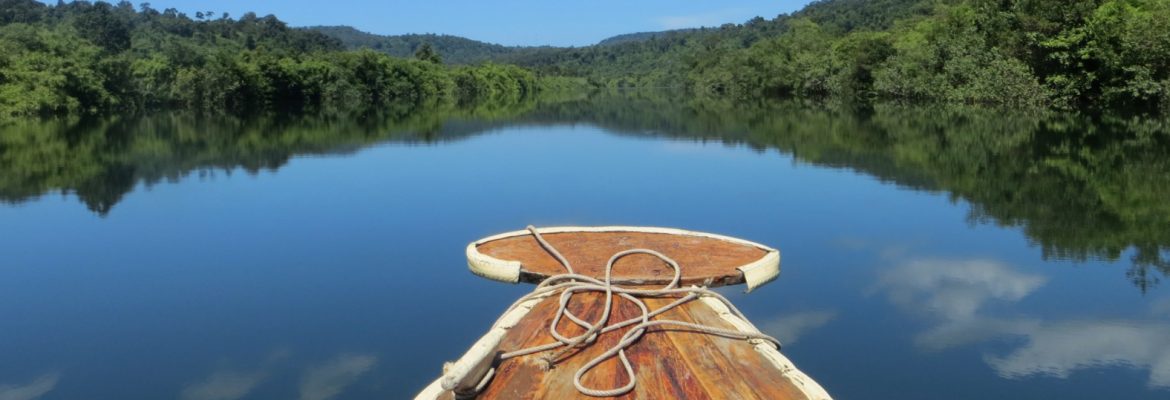Koh Kong Conservation Corridor, Cambodia
The fabled Cardamom Mountains, an area of breathtaking beauty and astonishing biodiversity, cover 20,000 sq km of southwestern Cambodia. Their remote peaks – up to 1800m high – and river valleys are home to at least 59 globally threatened animal species, including tigers, Asian elephants, bears, Siamese crocodiles, pangolins and eight species of tortoises and turtles. Botanically the area is something of a cipher because basic research has yet to be carried out, but so far more than 100 species of endemic plants have been identified.
The second-largest virgin rainforest on mainland Southeast Asia, the Cardamoms are one of only two sites in the region where unbroken forests still connect mountain summits with the sea (the other is in Burma). Some highland areas receive up to 5m of rain a year. Conservationists hope the Cardamoms will soon be declared a Unesco World Heritage Site.
While forests and coastlines elsewhere in Southeast Asia were being ravaged by greedy developers and well-connected logging companies, the Cardamom Mountains and the adjacent mangrove forests – the most extensive on mainland Southeast Asia – were protected from the worst ecological outrages by their sheer remoteness and, at least in part, by Cambodia’s long civil war. As a result, much of the area is still in pretty good shape, ecologically speaking, so the potential for ecotourism is huge – akin, some say, to that of Kenya’s game reserves.
The Koh Kong Conservation Corridor stretches along both sides of NH48 from Krong Koh Kong to the Gulf of Kompong Som (the bay north of Sihanoukville). It encompasses many of Cambodia’s most outstanding natural sites, including the mangrove forests of Peam Krasaop Wildlife Sanctuary, the pristine beaches of Koh Kong Island, Botum Sakor National Park and two huge, noncontiguous protected areas: the Southern Cardamoms Protected Forest, whose southern boundary is NH48, and the Central Cardamoms Protected Forest further north.
The next few years will be critical in determining the future of the Cardamom Mountains. NGOs such as Conservation International (CI; www.conservation.org), Fauna & Flora International (FFI; www.fauna-flora.org) and the Wildlife Alliance (formerly WildAid; www.wildlifealliance.org) are working night and day to help protect the area’s 16 distinct ecosystems from loggers and poachers. But ecotourism, too, can play a role in generating income for local people and spurring sustainable development.


